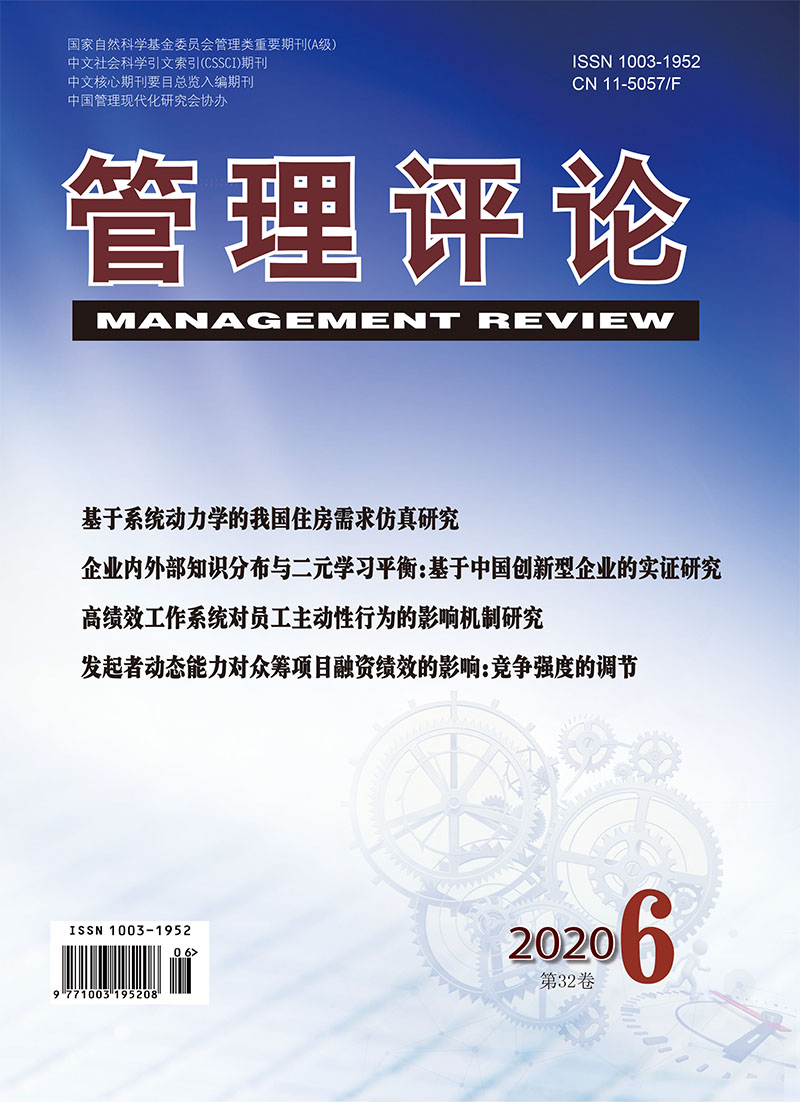|
|
A Dynamic SD Forecasting Model Study and Simulation for Chinese Open Economy System in the New Era
Mao Zhengbing, Fan Ruguo, Chen Lue
2020, 32 (6):
29-44.
In view of the fact that Chinese Open Economy has become a huge system and an increasingly complex body, according to the SD modeling code of behavior originated from structure, this paper integrates complex causal feedback relationship among international trade, investment and finance, as well as with the domestic first industry, second industry and third industry, sets up a unified analyzing framework. Combining with multiple linear regressions, multi-objective programming and Powell revised algorithm, the paper finally accomplishes the SD fitting simulation with Chinese empirical macroeconomic major variables from 2001 to 2017. On this basis, the SD multi-objective dynamic prediction model of Chinese open economy system in the new era is established, and a large number of simulating experiments are carried out. The simulating experiments show that under the current situation, adopting a combination of moderately tight monetary policy and expansionary fiscal policy in the next five years, it is likely to achieve the three major policy objectives of economic growing, industrial restructuring and international payment balancing, as well as import, export, IFDI, OFDI, M2, exchange rates, personal and social investment, consumption and other macroeconomic variables can basically be taken into account. Test on the most unfavorable situation of the Sino-US trade war is carried out too. The test result shows that even all of goods which USA imports from China are subject to tariffs, as long as China actively responds by improving the level of personal and social investment, increasing income to increase consumption, implementing the "Belt and Road" strategy and other international investments that are conducive to enhancing the competitiveness of Chinese industries, with appropriate and timing measures such as the appreciation of RMB, China can still ensure that economic growth, international balance of payments and other macroeconomic indicators remain in a balanced ad good path.
References |
Related Articles |
Metrics
|

